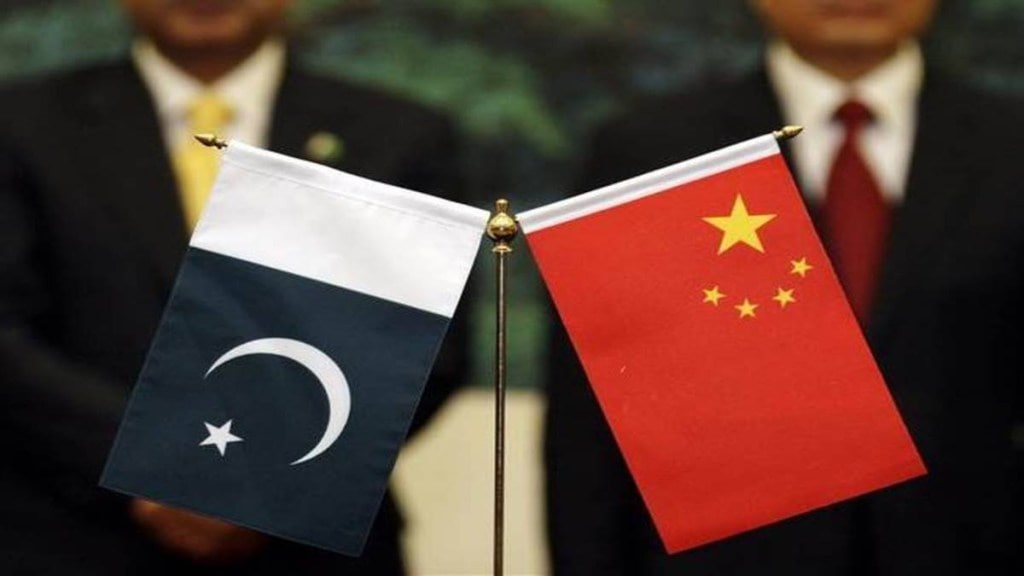The “all-weather friendship” between China and Pakistan has long been heralded as a cornerstone of both nations’ foreign policies. Yet, as the global balance of power shifts and economic pressures mount, the nature of this relationship is drawing renewed scrutiny. Increasingly, Pakistan’s deepening ties with China raise critical questions about its sovereignty and strategic autonomy.
At the heart of this complex dynamic lies the China-Pakistan Economic Corridor (CPEC), a flagship initiative within China’s broader Belt and Road Initiative (BRI). CPEC has undeniably transformed Pakistan’s infrastructure landscape, channelling billions into roads, ports, and energy projects. However, this influx of Chinese capital comes with strings attached. Concerns about debt sustainability, transparency, and the long-term benefits of these investments are mounting.
According to a November 2023 report by AidData, Pakistan’s debt to China has swelled to nearly $69 billion, with $55.8 billion of that sum accumulated between 2013 and 2021. This debt burden has sparked fears that Pakistan is falling into a so-called “debt trap,” where its economic policies and decisions are increasingly dictated by Beijing.
Amid dwindling foreign reserves, Pakistan is engaged in delicate negotiations with the International Monetary Fund (IMF) for a $7 billion bailout package. Concurrently, Islamabad is seeking to extend the terms of its debt to Chinese firms invested in its energy sector—a move that could further erode the autonomy of Pakistan’s power grid. Chinese companies already have significant stakes in key energy projects, including wind, coal, and hydroelectric power, along with critical transmission infrastructure. Once these projects are completed, the extent of Chinese control over Pakistan’s energy sector will be unprecedented.
Estimates suggest that Chinese debt accounts for at least 30 percent of Pakistan’s external debt, with some reports indicating it could be as high as 50 percent. This heavy reliance on Chinese finance is becoming a defining feature of Pakistan’s economic landscape, underscoring its vulnerability. Pakistan’s recent request for a rollover of billions of dollars in loans from China—essentially pleading to avoid a sovereign default—underscores the precariousness of its economic position.
Security concerns further complicate the relationship. Recent attacks on Chinese nationals in Pakistan have not only strained diplomatic ties but also highlighted Islamabad’s dependency on Beijing for economic stability. The challenges of safeguarding Chinese investments and personnel underscore Pakistan’s growing reliance on China’s goodwill.
Strategically, the Sino-Pakistani partnership is driven by a shared concern: India. Both countries see India’s rising influence as a threat, and their military and strategic cooperation is a counterbalance to New Delhi’s regional aspirations. However, this alignment increasingly constrains Pakistan’s ability to manoeuvre independently on the global stage.
As US-China tensions intensify and the global order becomes more multipolar, Pakistan’s deepening ties with China further complicate its relations with other major powers. The risk is that Pakistan may find itself increasingly isolated, its foreign policy options narrowed by its dependence on Beijing.
Beyond the geopolitical and economic dimensions, the relationship is also shaped by socio-cultural and environmental factors. The growing presence of Chinese businesses and workers in Pakistan is slowly altering the social fabric, with potential implications for local traditions and societal norms. Meanwhile, environmental cooperation between the two countries presents both opportunities and challenges, often casting Pakistan in the role of the junior partner.
Collaboration in emerging technologies, such as artificial intelligence, 5G, and renewable energy, presents significant economic and strategic opportunities for Pakistan. However, these partnerships also raise concerns about data security, technological dependency, and the potential for dual-use technologies that could serve military as well as civilian purposes. Pakistan’s reliance on Chinese expertise in these fields further cements its subordinate position in the bilateral relationship.
While the China-Pakistan relationship remains robust in 2024, it is increasingly fraught with complexities. The partnership, once celebrated as a mutual alliance, now raises uncomfortable questions about Pakistan’s sovereignty. As the country becomes more entangled in China’s economic and strategic web, the narrative of an “all-weather friendship” may be giving way to one of dependency—where the cost of this relationship is measured in lost autonomy and constrained policy choices.

